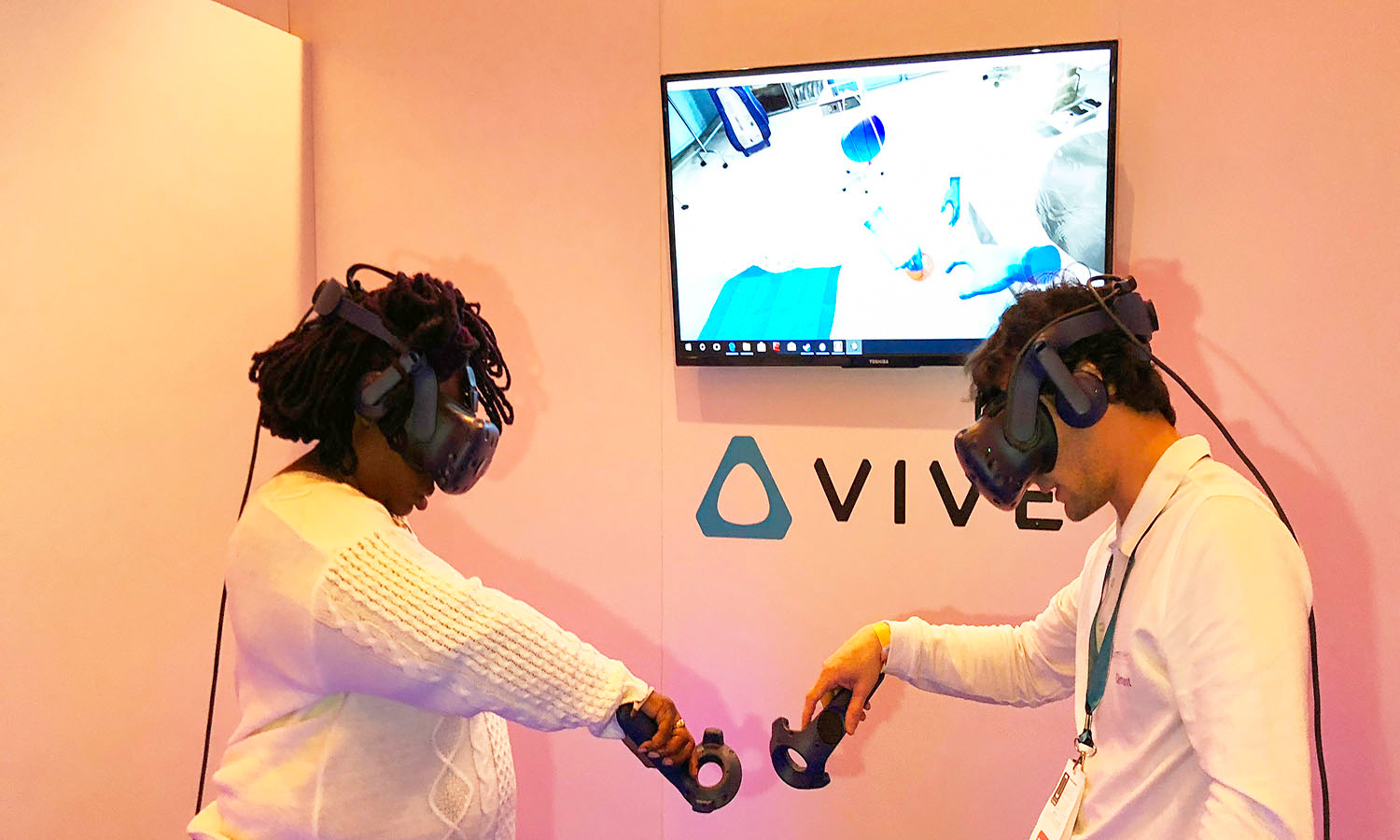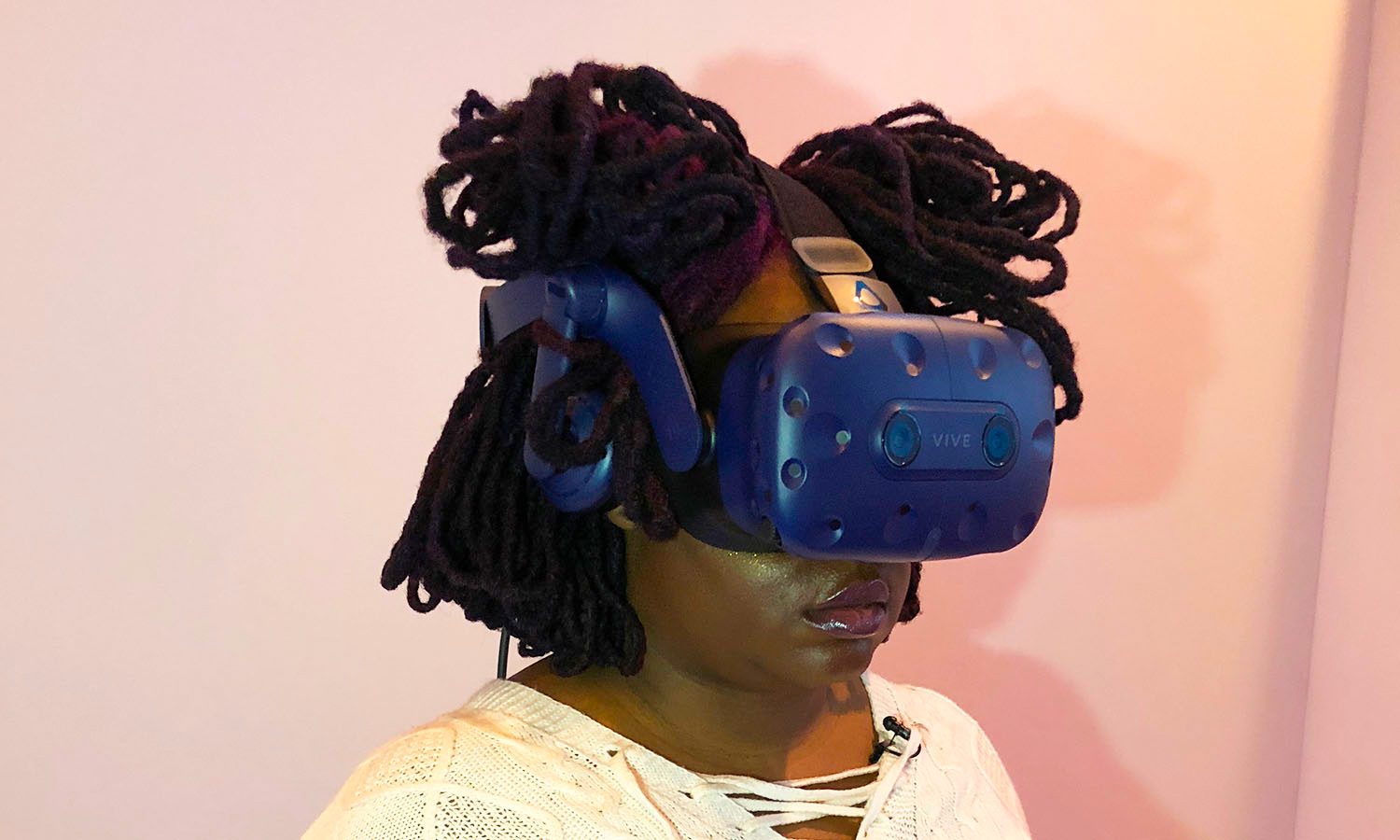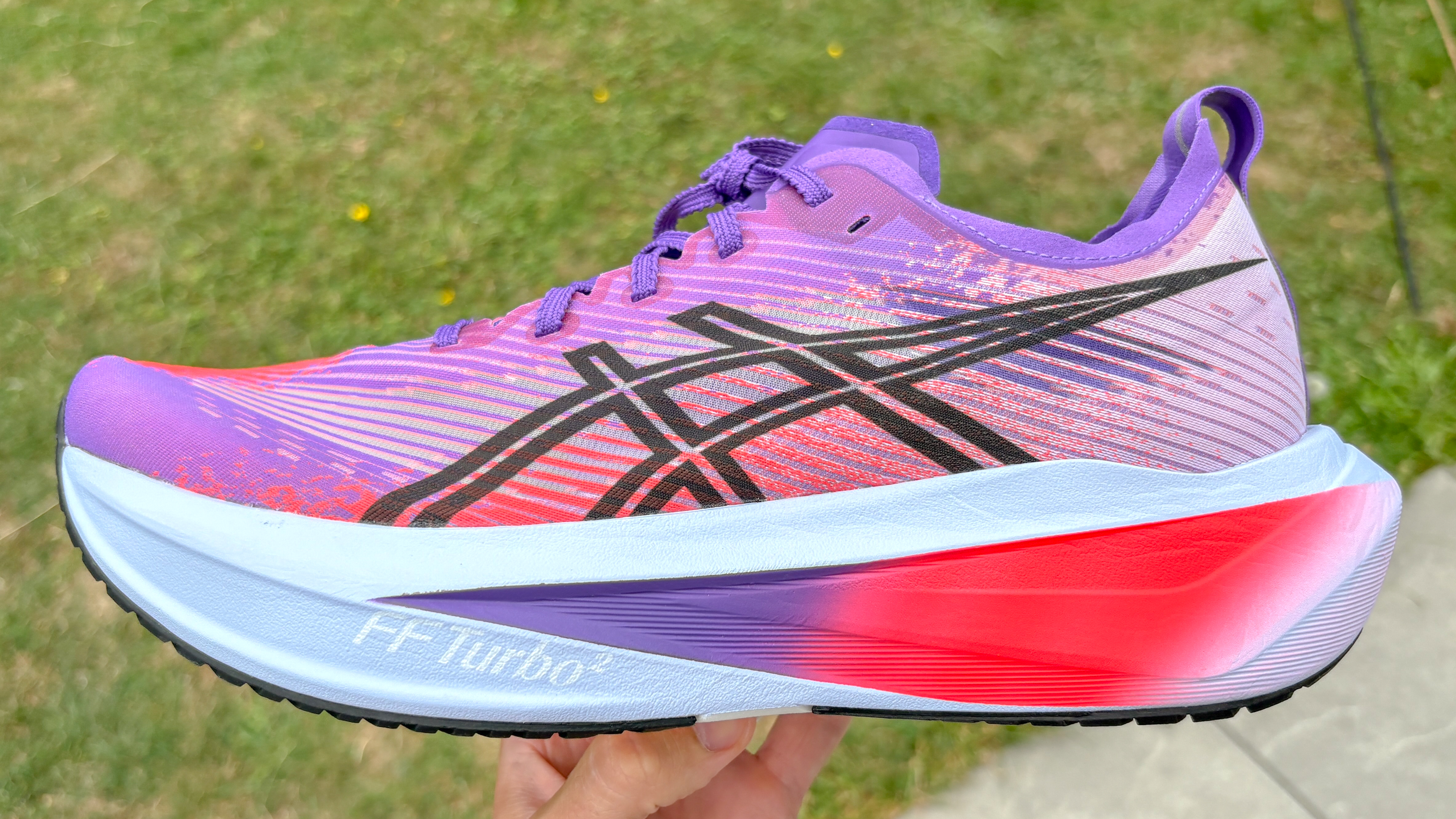HTC Vive Pro Hands-on: I Just Performed Surgery in VR
There's more to virtual reality than blasting baddies, climbing mountains and exploring dungeons.
LAS VEGAS - Scalpel. Cramps. Syringe. The majority of virtual reality content are games targeting the highly profitable gaming market. But there's more to virtual reality than blasting baddies, climbing mountains and exploring dungeons. The technology has plenty of practical and educational uses, as I found out at the HTC even during CES 2018.
The company recently announced the next iteration in its virtual reality strategy, the Vive Pro. This new headset features a pair of dual OLED lenses with a whopping 2880 x 1600 pixel resolution, making it the most high-end VR device on market. The company also unveiled its Wireless Adapter, a device that allows wearers to roam around VR unfettered when attached to the Vive Pro.

I got a first-hand look at the new improved Vive as I performed surgery during the SIM of Life demo. Or at least I did once I got the headset on. I found the Vive Pro's design handsome, but somewhat uncomfortable. Instead of stretchy fabric for the headbands, the Vive Pro's new design consists of a stiff rubber-like material that made it hard to get the headset over my hair. When I finally did, the fit was rather tight across my face. But the midnight blue frame and controllers are definitely an improvement over the previous model.
MORE: Self-Driving Luggage Just Followed Me Around at CES
Once I got the headset into a somewhat comfortable position, it was time to perform my first surgery. In Sim to Life, I worked with a Vive rep as he led me through the first stages of inserting a stent into a blocked artery. The integrated headphones with their built-in amplifier and high-res audio allowed me to clearly hear the instructor's directions.
Images in the high-resolution display were almost as sharp as the scalpel I used to make an incision on my patient. After applying gel to the site of the procedure, I learned how to properly insert a syringe. The original Vive controllers have carried over and continue to deliver competent hand function.

However, for something as delicate as inserting a thin catheter into a slim incision. It took many attempts to properly place instruments, and there was a bit of image lag. But once I hit the mark, I was rewarded with a bright jet of blood, which isn't for the squeamish. Catheter in place, the demo was over. Since I was an intern, I wasn't allowed to perform the actual surgery. But it was cool to get a taste of what it would be like if I had chosen to stick with pre-med.
Get instant access to breaking news, the hottest reviews, great deals and helpful tips.
Overall, the Vive Pro is a step in the right direction for virtual reality. The high-end specs promise to cost a pretty penny when the device debuts this year. But higher quality specs means VR wearers can expect even better virtual experiences down the line. Unfortunately, by targeting the enthusiast crowd, HTC risks alienating the mainstream base. Hopefully, HTC is planning something more cost-effective down the line.

Sherri L. Smith has been cranking out product reviews for Laptopmag.com since 2011. In that time, she's reviewed more than her share of laptops, tablets, smartphones and everything in between. The resident gamer and audio junkie, Sherri was previously a managing editor for Black Web 2.0 and contributed to BET.Com and Popgadget.
